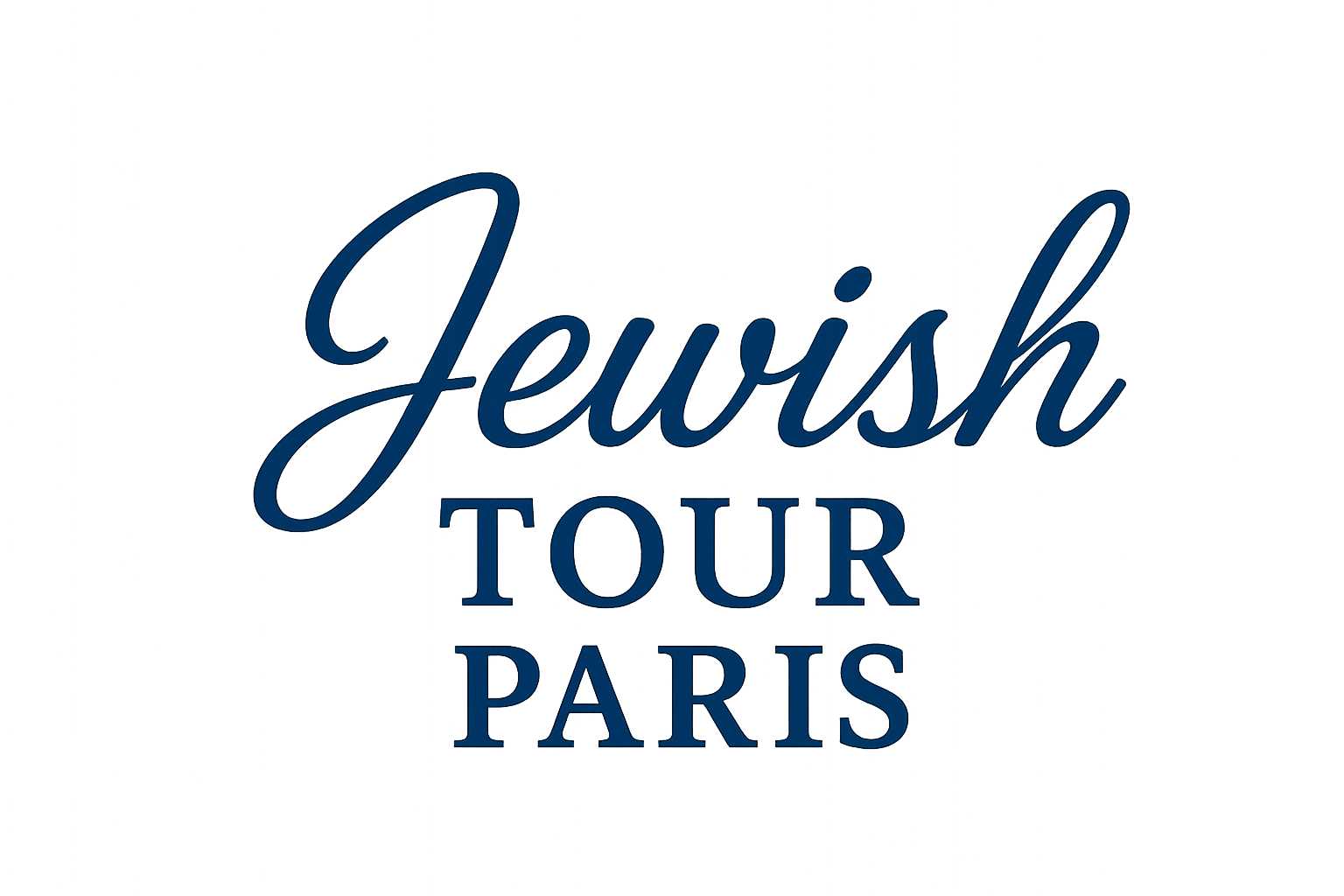Have you ever asked yourself why Paris has always been known as the City of Lights?
At the end of the 19th century, the Industrial Revolution was transforming the world—and Paris stood at the forefront of innovation. The city earned its iconic nickname thanks to the introduction of gas street lighting, which illuminated its romantic alleyways and grand boulevards for the very first time.
These beautifully designed gas lamps didn’t just light up the streets—they made nighttime in Paris safer, more inviting, and magical. The glow of this new technology came to symbolize progress, beauty, and modernity, placing Paris on the global stage as a beacon of innovation and elegance.
But there’s more to the nickname than just physical light. Paris became a hub of intellectual and artistic enlightenment, where philosophy, art, and science flourished—truly a city that inspired minds and lit up imaginations around the world. Paris capital of Art.Paris housed a lot of artists in the beging of the century, among them a great number of jewish artist such as Marc Chagall, Haim soutine and Amadeo Modigliani and a lot more.
One of the most striking symbols of this era is the Pont de Bir-Hakeim, inaugurated in 1905 placed next to the Eiffel Tower and built in a similor technique and materials. This architectural gem, with its elegant iron arches and signature Parisian stone, spans the Seine on two levels—one for vehicles and one for the metro. It perfectly embodies the fusion of engineering brilliance and artistic design. A favorite among filmmakers and dreamers alike, the bridge connects not only two sides of the city but also the past and the future of Paris.


